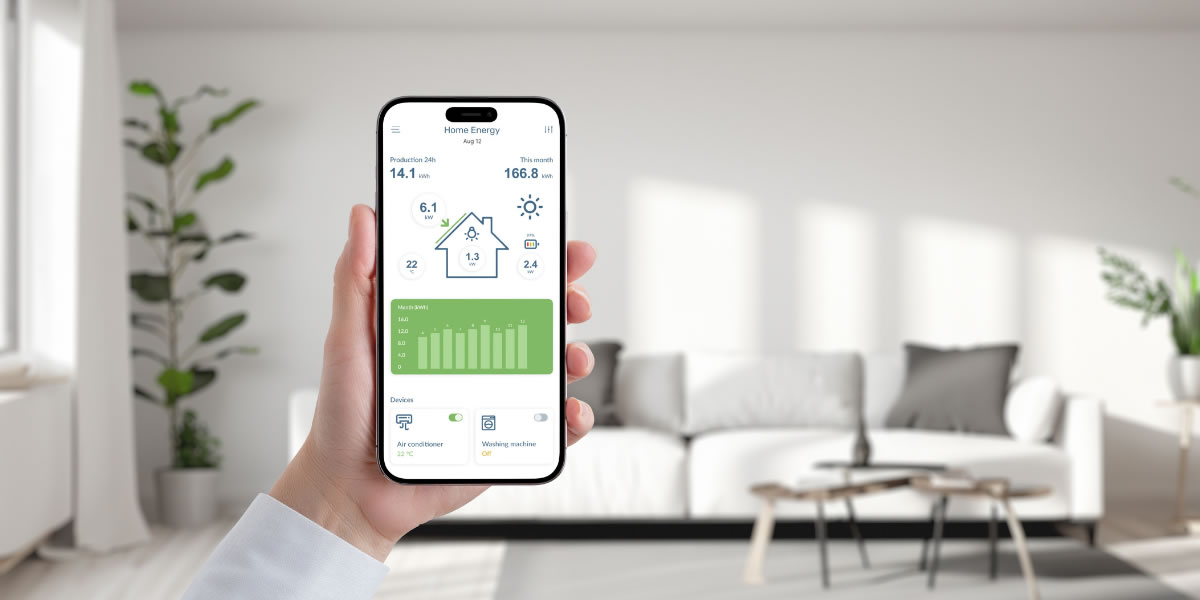With the increasing concerns surrounding climate change, it is crucial that we adopt more sustainable habits and lifestyles. As a homeowner, you have the power to contribute to a greener future. While insulating your home and using durable energy sources are important steps in reducing your household’s carbon footprint, it is equally important to consider how you use energy. By incorporating smart technology into your home, you gain the ability to monitor your energy consumption and make adjustments for the better.
Understanding the carbon footprint of a home
Every action we take in our homes, whether it’s doing laundry, taking a shower, cooking, or adjusting the thermostat, contributes to our household’s carbon footprint. Unfortunately, due to various factors such as poor insulation, water leaks, or simply forgetting to turn off lights, many people are unaware of their energy consumption. This not only increases their carbon footprint but also leads to unnecessary costs.
According to a report by the UNEP, the average household in the EU produces 7.2 tons of CO₂. This means that homeowners have the potential to make a significant difference, but where should they begin?
The role of a KNX smart home system in reducing emissions
“Knowledge is power,” and that’s precisely what a KNX integrated smart home system offers homeowners who are seeking a more sustainable lifestyle. By staying informed about your daily energy usage and identifying energy-intensive patterns, you can take the first step towards actively changing your behavior. By combining monitoring devices with regular smart home devices in a KNX integrated system, you can access real-time data and device statuses whenever you need.
For example, if you’re unsure whether you turned off the heating, you can simply check your home’s energy usage remotely and switch off any unnecessary active devices.
Additionally, you can analyze trends in your energy consumption, enabling you to implement changes that further reduce your carbon footprint.
Everyday-use, smart devices that help you reduce your carbon footprint
Smart, intelligent devices are available to help homeowners create a more sustainable and efficient home. Here are some examples.
Smart Push Buttons
Smart push buttons streamline the process of controlling various smart devices within a room, enabling you to power them on or off with a single touch. This eliminates the need to manually adjust each system, such as lighting, heating, or AV equipment, separately. Not only does this save time, but it also promotes energy efficiency.
Smart Thermostats
A smart thermostat enables you to control and automate the temperature of your home, even when you’re not there. It automatically adjusts the room temperature in response to sudden changes, ensuring optimal comfort. When you’re away, you have the option to select an automated program that reduces heating or cooling, allowing for energy savings until your return.
Smart Control Panels
Smart control panels offer the same advantages and features as smart push buttons, but they provide control over your entire home system through a single screen panel, rather than just one room. By incorporating energy-regulating tools like smart meters, along with everyday smart devices like lighting, curtain and blind controls, and HVAC products, you can easily adjust settings for your entire smart system from one central location.
In Conclusion
Smart homes have already demonstrated their convenience, but they also hold significant potential in promoting a more sustainable future. While it may require a substantial initial investment, the positive impact on both personal and global scales is clear. To guarantee that your smart system is installed correctly and aligns with your eco-friendly lifestyle, be sure to reach out to AVINU, your trusted KNX-certified installer.


